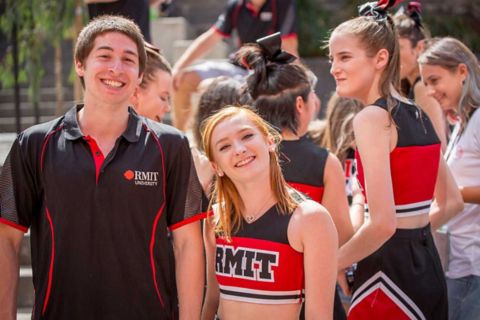Melbourne is renowned for its focus on creativity in art, design and fashion. You can wander through laneways covered in street art, take a trip to the Heide Museum of Modern Art and its fabulous outdoor gallery, and marvel at award-winning sculptures at the Werribee Park Sculpture Walk.
Melbourne is also home to a lively entertainment scene. Year-round, you can take in major international theatre and musical performances, world-class symphonies, and premier ballet productions. You can also catch a showing of Hollywood blockbusters, small independent films, and global film festivals at any number of local cinemas.
Creative festivals bring the city’s streets and venues to life all year round. Join the festivities for the Melbourne International Film Festival, White Night, Melbourne International Comedy Festival, Melbourne Writers’ Festival, and more.
“One tip that I always give new to students is to open the ‘What’s on Melbourne’ website,” said Bachelor of Professional Communication student, Raffa.
“It’ll show you all the cool places and events happening around Melbourne every week. If I don’t have any plans that weekend, I just open it up and see what piques my interest.”














